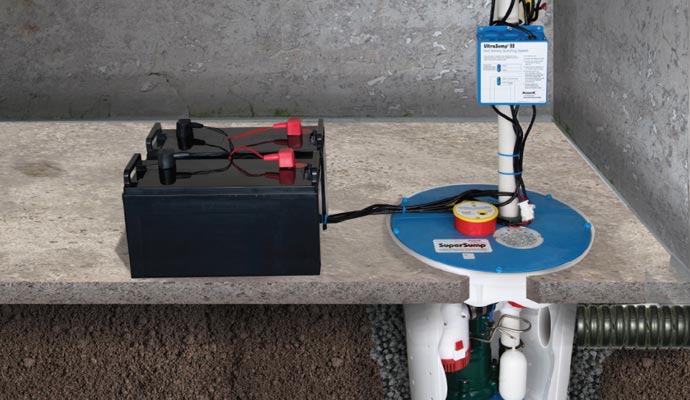Crawl Space Dehumidifier 101
Crawl spaces are notoriously damp, but they shouldn’t be. Moisture can damage the supporting structure and lead to dangerous mold growth that can affect your health.
A dehumidifier is one of the best options for keeping humidity and moisture under control, but there are a few drawbacks to installing one in your crawl space.
Leaks, Drips and Puddles
A dehumidifier will not correct puddles and water leaking or dripping into the crawl space. Before trying to tackle the moisture in the air, you need to locate the source of the water and stop the leak. It may be necessary to adjust the angle of any vents, add a lining to the Indianapolis crawl space or seal any holes.
The Fuzzy Stuff
A dehumidifier can prevent mold and mildew, but it won’t remove it once it is established in your crawl space. In fact, a dehumidifier can spread mold spores throughout the space and even push them into your home. Like standing water and leaks, you should remove mold and mildew before placing a dehumidifier in the crawl space.
It’s All Relative
Venting is frequently touted as a solution to excess moisture in a crawl space. While opening the vents, or installing additional ones, can improve air circulation, moisture will not dissipate if the outside air is not drier than the Indianapolis crawl space air. In areas with high humidity, it may be impossible for moisture to leave the Indianapolis crawl space through vents, and mechanical removal with a dehumidifier may be the only choice.
Dry It Up
A dehumidifier is effective in controlling moisture in your crawl space, but uses electricity to do so, which can drive up your electricity bill. You must also keep it repaired and maintained. Some dehumidifiers also require electric fans placed throughout the Indianapolis crawl space to help move the air, adding to the electricity and maintenance costs. Water collected by the unit must be properly drained away. If not, it can flood the crawl space. On the other hand, if you do not remove the excess moisture, it can deteriorate wood framing and rust metal components in the crawl space, and encourage the growth of dangerous mold and mildew.
Other Options
Installing additional insulation can reduce the formation of moisture due to temperature differences, while additional vents can increase air circulation. You can open existing vents wider, or leave them open year round to reduce moisture. You can also install a special liner that creates a barrier between the earth and the Indianapolis crawl space and seals out common sources of moisture.
Details
Published: 12 July 2017

















